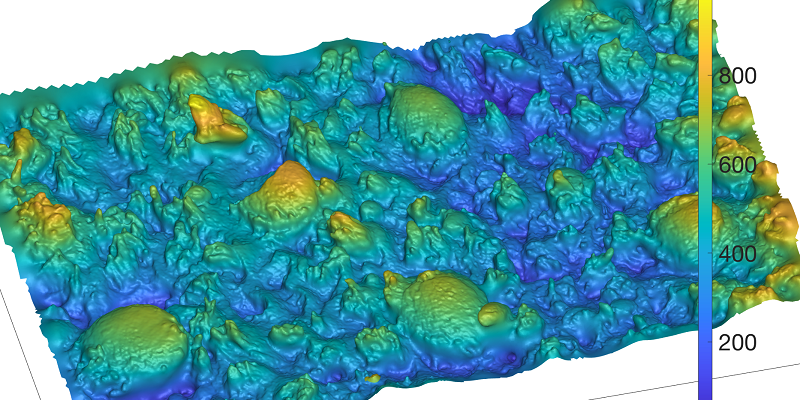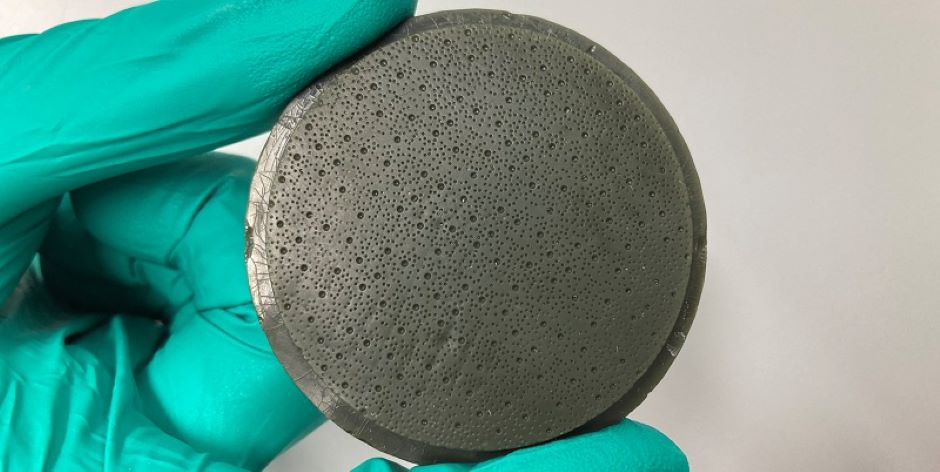
UK scientists led by Leeds University in collaboration with Edinburgh University have shown that their 3D-printed synthetic silicone structure mimics the topology, elasticity, and wettability of the human tongue’s surface. These factors are instrumental to how food or saliva interacts with the tongue and a biomimetic tongue could reduce manufacturers’ reliance on humans when carrying out sensory trials and consumer tests.
Scottish researchers develop artificial tongue to detect fake whisky
In a statement, study lead author Dr Efren Andablo-Reyes said: “Recreating the surface of an average human tongue comes with unique architectural challenges.
“Hundreds of small bud-like structures called papilla give the tongue its characteristic rough texture that in combination to the soft nature of the tissue create a complicated landscape from a mechanical perspective.
“We focused our attention on the anterior dorsal section of the tongue where some of these papillae contain taste receptors, while many of them lack such receptors.
"Both kinds of papillae play a critical role in providing the right mechanical friction to aid food processing in the mouth with the adequate amount saliva, providing pleasurable mouthfeel perception and proper lubrication for swallowing.
“We aimed to replicate these mechanically relevant characteristics of the human tongue in a surface that is easy to use in the lab to replicate oral processing conditions.”
The study has been published in ACS Applied Materials & Interfaces.
According to Leeds University, the team took silicone impressions of tongue surfaces from fifteen adults that were 3D optically scanned to map papillae dimensions, density and the average roughness of the tongues. They then used computer simulations and mathematical modelling to create a 3D-printed artificial surface to function as a mould containing wells with the shape and dimensions of the different papillae randomly distributed across the surface with right density. This was replica-moulded against elastomers of optimised softness and wettability.

Edinburgh University co-author, Rik Sarkar of the School of Informatics said: “The randomness in distribution of papillae appears to play an important sensory role for the tongue.
“We defined a new concept called collision probability to measure mechanosensing that will have large impact in this area. In the future, we will use a combination of machine learning and computational topology to create tongue models of diverse healthy and diseased individuals to address various oral conditions.”
The artificial surface was then 3D printed using digital light processing technology based in the School of Mechanical Engineering at Leeds.
The team ran a series of experiments using different complex fluids to ensure that the printed surface’s wettability and the lubrication performance was the same as the human tongue impressions.
Co-author Dr Michael Bryant from the School of Mechanical Engineering at Leeds said: “The application of bio-tribological principles…in the creation of this tongue-like surface is a significant step forward in this field.
“The ability to produce accurate replicas of tongue surfaces with similar structure and mechanical properties will help streamline research and development for oral care, food products and therapeutic technologies.”
This biomimetic tongue project received funding from the European Research Council (ERC) under the European Union's Horizon 2020 research and innovation program.




Glasgow trial explores AR cues for autonomous road safety
They've ploughed into a few vulnerable road users in the past. Making that less likely will make it spectacularly easy to stop the traffic for...